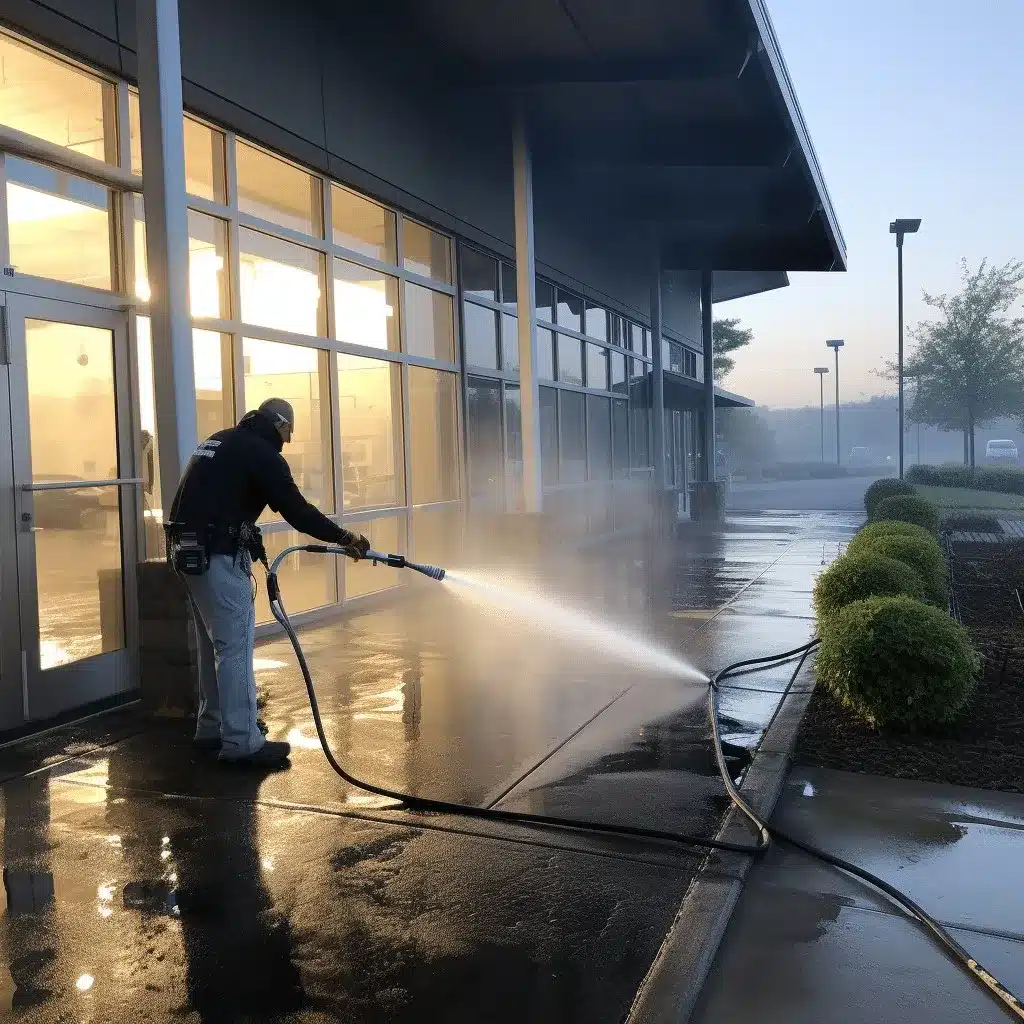
When it comes to maintaining the exterior of your home, pressure washing is often the go-to solution for removing dirt, grime, and mildew. It’s an effective and efficient way to keep your house looking fresh and clean. However, not all siding materials are created equal, and while pressure washing can be beneficial for some, it can also cause serious damage to others if not done correctly. In this blog, we’ll explore which siding materials can be safely pressure washed and the precautions you need to take for each.
1. Vinyl Siding
Can It Be Pressure Washed? Yes
Vinyl siding is one of the most common materials used in home exteriors, and it’s generally safe to pressure wash. This material is durable and can withstand the force of the water, but it’s crucial to use the right technique. Always use a lower pressure setting, ideally below 1,500 PSI, and maintain a safe distance (at least 10-12 inches) from the siding. Using a wide spray pattern helps distribute the pressure evenly, reducing the risk of damage.
Tips:
- Start from the bottom and work your way up to prevent streaks.
- Avoid spraying directly at seams or edges to prevent water from getting behind the siding.
2. Wood Siding
Can It Be Pressure Washed? With Caution
Wood siding, especially older or untreated wood, requires careful attention during pressure washing. While it can be pressure washed, the key is to use the lowest pressure setting possible, ideally under 800 PSI, and to keep the nozzle at least 12-18 inches away from the surface. High pressure can cause splintering, gouging, or water penetration, leading to potential rot and decay.
Tips:
- Consider using a soft wash technique, which uses low pressure combined with cleaning solutions to gently clean the wood.
- Avoid pressure washing if the wood has any visible cracks, peeling paint, or signs of decay.
3. Brick Siding
Can It Be Pressure Washed? Yes
Brick is one of the most durable siding materials and can generally withstand higher pressure during cleaning. However, the mortar between the bricks can be vulnerable to damage if the pressure is too high. A setting between 500-2,000 PSI is usually safe for brick, depending on its condition.
Tips:
- Use a wide spray pattern to avoid focusing too much pressure on a single spot.
- Test a small, inconspicuous area first to ensure that the pressure doesn’t cause damage to the mortar.
4. Stucco Siding

Can It Be Pressure Washed? With Caution
Stucco siding is more delicate and prone to damage compared to other materials. Pressure washing can be used but with extreme caution. A low-pressure setting (under 1,200 PSI) is recommended, and it’s essential to keep the nozzle at least 24 inches away from the surface. Even with these precautions, there is a risk of cracking or chipping the stucco, especially if it’s already in poor condition.
Tips:
- Avoid pressure washing newly applied stucco; wait until it’s fully cured.
- Consider using a soft wash method to minimize the risk of damage.
5. Fiber Cement Siding
Can It Be Pressure Washed? Yes
Fiber cement siding, such as James Hardie siding, is a strong and durable material that can generally be pressure washed safely. A pressure setting of around 1,500-2,500 PSI is suitable for fiber cement, but care should be taken not to get too close to the surface, as the high pressure can erode the paint or finish.
Tips:
- Use a wide spray nozzle to spread the water pressure evenly.
- Avoid direct pressure on seams and joints to prevent water infiltration.
6. Aluminum Siding
Can It Be Pressure Washed? Yes, But Carefully
Aluminum siding is relatively easy to clean with a pressure washer, but it can dent or bend under too much pressure. A lower setting, around 1,200-1,500 PSI, is usually safe for aluminum. Similar to vinyl, it’s important to maintain a safe distance and use a wide spray pattern.
Tips:
- Check for any loose or damaged areas before pressure washing.
- Use a cleaning solution designed for metal to help remove oxidation or chalking that can occur with aluminum siding.
Pressure Washing From Our Experts
Pressure washing can be an effective way to clean and maintain your home’s siding, but it’s important to understand the specific needs of each material. While vinyl, brick, fiber cement, and aluminum siding can generally handle pressure washing, wood and stucco require more care and caution. Always start with a lower pressure setting, use the appropriate nozzle, and test a small area before proceeding with the entire surface. When in doubt, consider hiring a professional pressure washing service to ensure that your siding is cleaned safely and effectively.
By understanding the unique requirements of your siding material, you can keep your home looking its best without risking costly damage.
